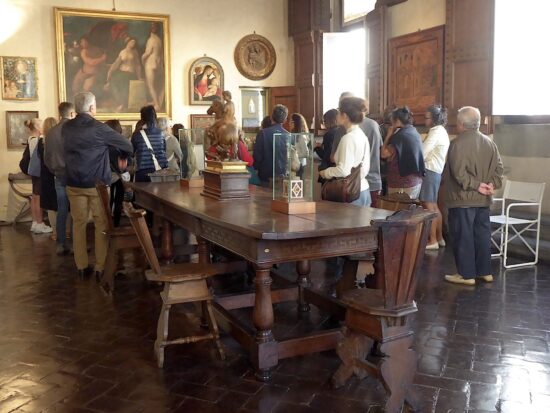Museum Horne
Just five minutes of the walk south of Santa Croce (towards the River), through Via dei Benci lies Museum Horne. A small and underestimated by most tourists museum holds in its possession some rare masterpieces well worth one’s time.
The building hosting the Horne Museum rises on the east side of the ancient Via de ‘Benci near the bridge of Ponte alle Grazie and the north side of the Arno. Since the early 14th century, the houses on this corner of the city were part of the estate of the powerful Alberti family, which erected the first palace on the site in the middle of the 14th century.
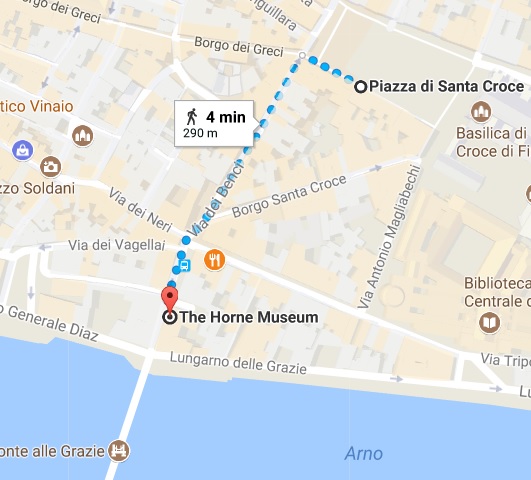
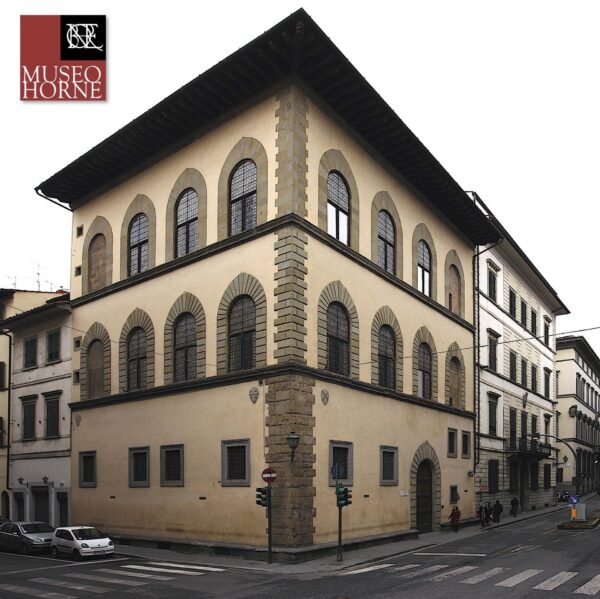
In 1489, the court of the Podestà assigned the palace to the brothers Luigi and Simone Corsi as a payment to a debt owed by the Alberti. Between 1492 and 1502, the Corsi family radically expanded and modified the building to quadruple its value and make it a reference model for many palaces erected as residences of the ruling city class during the sixteenth century.


In 1911, the architect and historian of the English art Herbert Percy Horne bought Palazzo Corsi to give an appropriate atmosphere and the ambiance of a Renaissance home to his collection of paintings, sculptures, drawings, and furnishings. Upon his death in 1916, Horne left his collection (which in the meantime grew up to accommodate over six thousand works) to the Italian state.
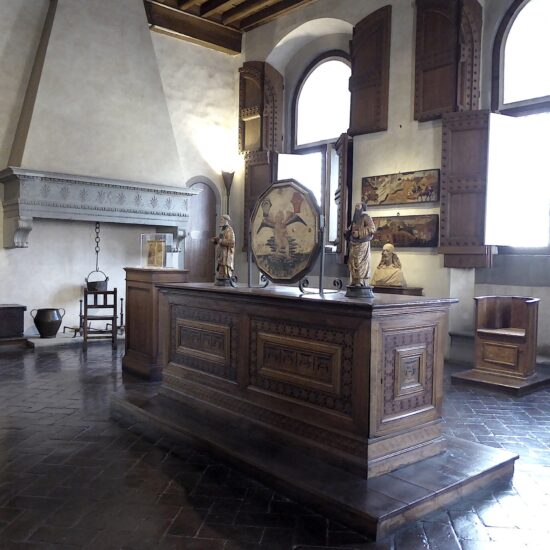
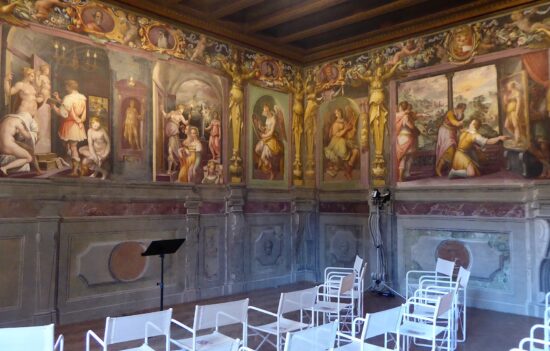
The Horne Museum is still present today as the English collector wanted it: a fine amalgam of paintings and sculptures (from Giotto to Simone Martini, Masaccio, Filippino Lippi, Domenico Beccafumi, and Giambologna ) but also and above all a house, furnished with precious pieces from the 13th to the 17th century. (Description / More by www.museohorne.it)
